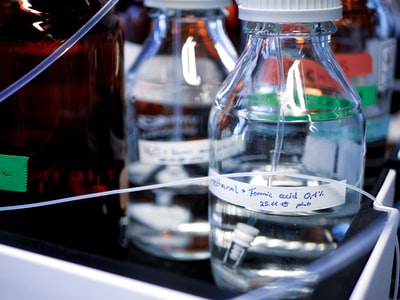
Instead of producing antibodies T-lymphocytes (or T-cells) bind directly to the antigen. They then either destroy the pathogen or activate the production of antibodies.
They have receptor proteins on their surface with one binding site for a specific antigen. It’s these that enable the T-lymphocyte to bind an antigen, forming an antigen-receptor complex. One T-cell consists of about 105 receptor proteins.
——————————————————
The Immune response
Humoral Immunity
The stimulated B-lymphocytes differentiate into plasma cells, each one able to divide into 106 of these cells. Inside the plasma cells are a lot of protein factories and rough endoplasmic reticulum, ready to produce large amounts of antibodies. The released antibodies are transported in the blood, tissue fluid and lymph. Each time they come across an antigen they bind to it and form an antibody-antigen complex. They can then destroy the cell in a number of ways:
- The complex prevents the microbe from infecting other cells by attaching to them.
- They modify the shape of toxin proteins, changing the shape of their active region and preventing them from functioning properly.
- Antibodies have two antigen-binding sites so they’re able to join up in big clumps, a process known as agglutination. This immobilises microbes further and precipitates soluble toxins, making it easier for them to be engulfed by phagocytes or killer T-cells. These big antigen-antibody complexes also activate the non-specific immune response.
This immunity depends on the foreign cells being destroyed by soluble antibodies dissolved within the blood plasma and so is called humoral immunity (in ancient terminology body fluids were called ‘humours’).